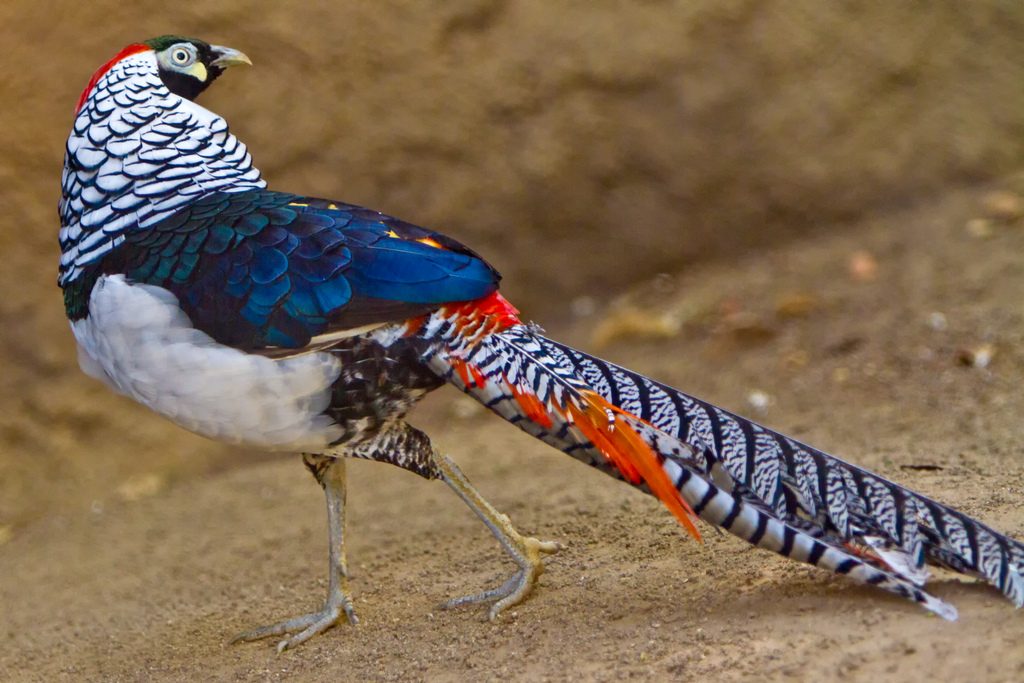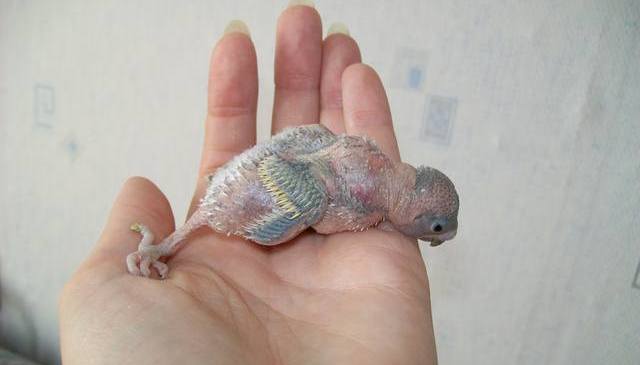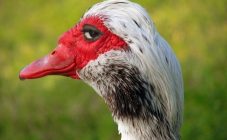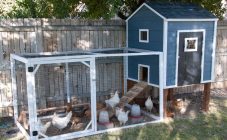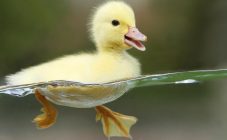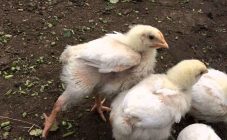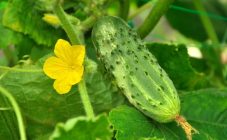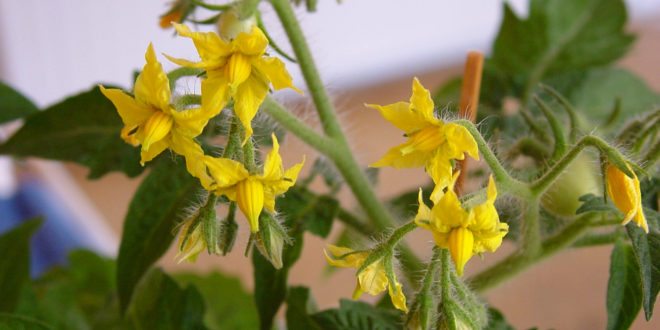Content:
More and more farms are paying attention to pheasant breeding. These birds are very beautiful, and raising them can be profitable and generate a decent income. But pheasants need to create certain conditions of detention. Silver pheasants are best suited for breeding for a novice poultry breeder, which adapt well to a wide range of weather conditions and are the easiest to keep. Individuals of this breed grow faster than others, which significantly reduces the cost of keeping pheasants.
Pheasants: breeding and keeping at home
Pheasants can be kept both in special cages and free on the garden plot (with tied wings). Cage keeping is justified in the case when it is required that the bird gains weight faster, which will make it possible to slaughter as soon as possible. During the laying period, the birds' diet should include as much protein as possible. For feeding pheasant chicks under two months old, compound feeds containing up to 26% protein are most often used.
The best choice would be a spacious aviary. The density of birds in such an aviary should not exceed two or three per square meter. Sand is best for sprinkling the floor. The walls of the enclosure are made of a fence mesh with a height of 1.5-2 meters. A canopy is erected above them, protecting from direct sunlight and precipitation. And under the roof of the canopy, a nylon mesh should be pulled to protect flying individuals from injury. Pheasants need large bathing tanks filled with sand and ash.
The correct breeding ratio is two to three females per male.
If this proportion is not observed, egg production falls noticeably. From the first days of spring until the end of summer, the chicks that appear are removed to a separate enclosure so as not to keep them together with stronger adults. Pheasants are shy, so they need complete rest during breeding. Egg production drops from loud noises and other irritants.
Popular breeds
Domestic pheasants differ not only in appearance, but also in such important qualities for poultry as:
- size and weight;
- exit of eggs to the female;
- adaptability to various conditions;
- taste of meat.
The following breeds have won the greatest popularity among poultry farmers.
Diamond pheasant (Lady Amchrest's pheasant)
It belongs to the genus of collared pheasants and got its name in honor of the wife of an English diplomat who was the first to bring these birds from China. The breed is perfectly adapted to damp and cool climates. Diamond pheasants are distinguished by their calm nature and unpretentiousness. Hatching eggs can be natural, or you can use an incubator.
Due to the absence of plants uncharacteristic for our country in feed mixtures, it is necessary to additionally introduce vitamins, greens and fish oil into the diet. These pheasants are not large, their weight does not exceed 1 kg. The chicken ripens by the second year of life. She can lay about thirty eggs per season.
Silver pheasant
Males are characterized by black and white plumage and a bright red snout, females are camouflaged. Dense plumage allows them to easily endure frosts up to 30 degrees. The birds are large, the average weight of a bird is 5 kg. A chicken can produce up to fifty eggs per season.
These birds grow rapidly when fed.
Golden pheasant
This is one of the most beloved breeds of decorative domestic pheasants. It is of little use for the economy due to its size and low egg production. The meat does not taste outstanding. The bright birds are similar in color scheme to the diamond pheasants close to them, but on the head of the males there is a golden crest.
They do not tolerate frosts, the lower temperature limit is at around -20oС. In winter, they require keeping in a heated room. The basis of the feed is greens. Vitamin C, B vitamins and fish oil should be added.
Winter content
Pheasants are usually referred to as frost-hardy birds. In cold weather, birds need a lot of free space to move. In areas with prolonged frosts, an aviary should be specially prepared for comfortable wintering. The bottom is lined with a layer of warm material, sheds and fences are erected to protect against drafts.
For the winter, pheasants require additional lighting due to the reduced daylight hours. In the absence of additional lighting, birds will consume less feed and risk losing weight. The winter diet should include: corn, sunflower and millet; fresh hay; rowan and apples.
The approximate feed rate for one bird should be about 70-80 g per day.
Pheasant diet
The hatched chicks should be fed with mashed boiled eggs, gradually adding worms and greens. Feeding should be repeated every two hours during the day, as well as several times in the dark. A small amount of compound feed can be introduced into the feed of growing chickens, which is planned to be fed to pheasants in the future. How to feed pheasants? From about two weeks of age, pheasants should receive:
- millet, millet and corn flour;
- clover or dandelions;
- bread crumbs;
- supplements containing calcium.
To feed adult birds, you can use chicken feed, but in this case, you should supplement it with animal protein. Food for adult birds should contain:
- corn and millet;
- sunflower seeds;
- cottage cheese;
- minced meat and porridge;
- greens, oats and vegetables.
To improve digestion, pheasants need solid foods such as pomace and mash. The daily amount of feed is about 70 g. During the period of carrying, the rate should be increased to 85 g.
In the summer, the birds' diet should contain more vegetables and greens. You can add 2 drops of fish oil and 5 g of ascorbic acid per kilogram of finished wet food. Sugar can be added to cereals in winter, this will increase the immunity of birds.
Parasites and diseases
You need to constantly monitor the bird. If there are changes in the daily routine, the pheasant should be inspected. They often suffer from three types of diseases: infectious, non-infectious, invasive.
Infectious
- Viral smallpox. Often ends in the death of the livestock. Smallpox symptoms are a rash on areas of the body that are not covered with feathers; shortness of breath and wheezing; loss of weight and appetite. For treatment, antiviral agents are used, and a solution of Lugol is applied to the affected skin.
- Laryngotracheitis... It spreads by airborne droplets, as well as through contaminated food and water. The latent period lasts up to five days. Disease manifestations: decreased appetite; cough and shortness of breath; deterioration or cessation of carrying; egg shell defects. For treatment, you should do laboratory tests and contact your veterinarian for detailed advice.
- Aspergillosis... The causative agent is a fungal infection.The disease affects the bronchi and pulmonary sacs. Symptoms of the disease are intense thirst, blue beak and paws. For treatment, you should contact your veterinarian who will prescribe fungicides.
Non-communicable diseases
- Dermatitis... The damaged skin becomes red and inflamed, which then becomes covered with a dark crust. Requires complex and long-term treatment with antibiotics and vitamin supplements. Damaged skin is lubricated with an alcohol solution of iodine.
- Emphysema... In case of illness, the inhaled air penetrates the skin and spreads over the entire surface of the body. This may be due to trauma or respiratory disease. The cause is rupture of the walls of the pulmonary sac. Symptoms: low mobility of the bird, refusal to eat. The sick individual is placed in a small cage, and a cloth bandage is applied to the wings to completely restrict movement. Air bubbles under the skin are pierced and treated with disinfectants.
Invasive diseases
- Scabies... Tick-caused skin disease. Symptoms: calcareous growths on the beak; loss of feathers on the head; damage to the plumage of the body. It is treated by cleaning the affected areas of the body and then treating them with Neguvon (0.15% solution).
- Pooferoids... Active in the warm season. The carriers of the larvae are mosquitoes and midges. Pheasants are able to cope with this problem on their own, taking baths from a mixture of ash and sand. In especially severe cases, the body of the bird is treated with insecticidal drugs.
Pros and cons of breeding pheasants at home for beginners
Pheasants can be a great way to make money. The advantages of breeding them are delicious dietary pheasant meat and an almost complete lack of competition. Income can be generated not only by the sale of eggs and meat, but also by cooperation with hunting farms that acquire purebred birds for hunting.
But there are also negative aspects. For example, the need for significant financial costs to start a business and the complexity of creating conditions for detention.
